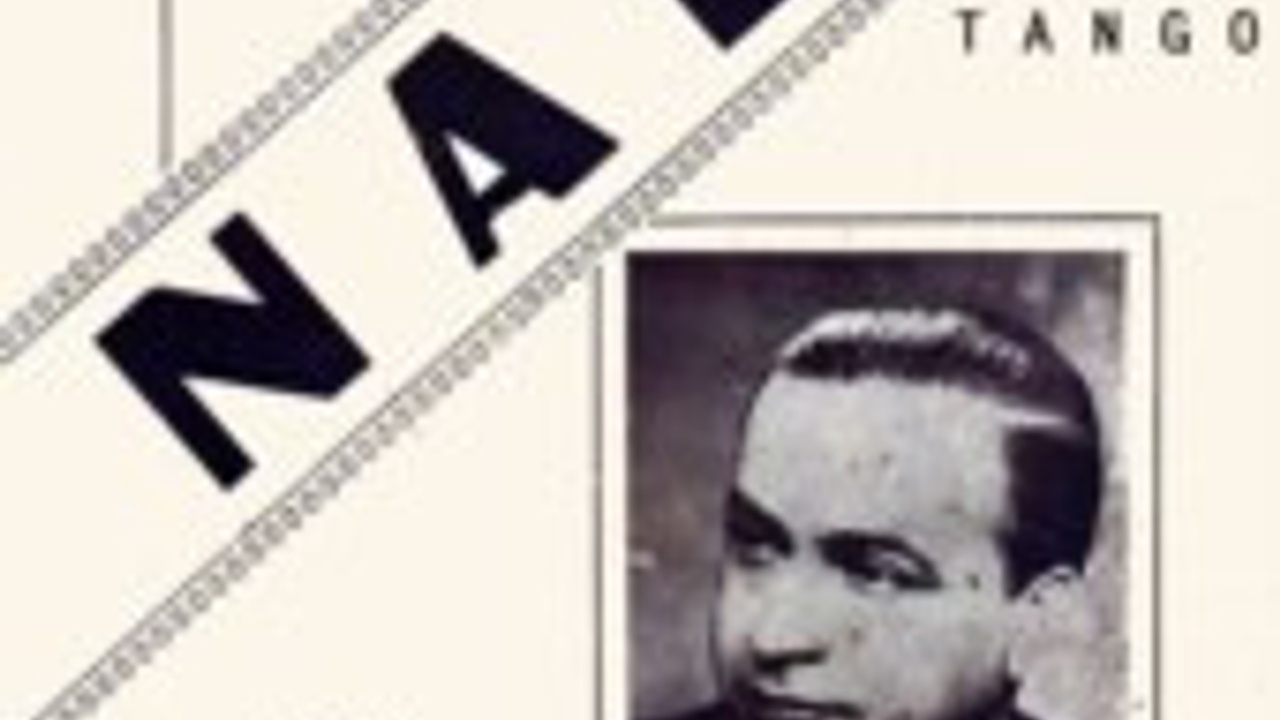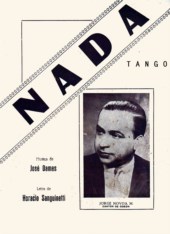Nada (Tango)
Jan 21, 2022
Nada (Tango)
© by Cosima Diaz Campos , 21 January 2022
Let's listen to three interprations of the same tango: "Nada".
They were all recorded in 1944, the Golden Era of Tango.
The tango "Nada" was composed in 1944 by José Dames, and the lyrics were written by Horacio Sanguinetti.
Miguel Caló and singer Raul Iriarte were the first to record this new piece, with RCA-Victor. You can say it was an instant hit. A month later Di Sarli and Podesta recorded the piece with Odeon, and two months later Biagi and Alberto Amor recorded it with Odeon.
I can only imagine what it must have been like, in that time, when a new hit came out. The excitement of the dancers when they heard it for the first time! And the thrill for the musicians, when they found it and made the arrangements or made the improvisations of this new piece according to their orchestra style. Only one version of each of the three orchestras is recorded, but who knows how they improvised to this piece at different milongas...
What I find remarkable, is that Di Sarli almost uses a finale that resembles very much the 'signature' ending of Caló's orchestra. Di Sarli ends the piece in a different way, but it still very much resembles Caló's signature endings. Biagi doesn't do that, and ends with the typical 'strong - soft' last two beats.
Now these three version all have a lot in common, and differ in many aspects. We can analyse the similarities and differences. But can we say one is better than the other? Can we compare the quality, and decide which one is 'better' or 'worse'? Yes, we can do that, and the conclusion is: they are all excuisite, high quality tango music. All three versions are in the musical genre "Tango", which is a genre on it's own that has certain elements combined that make it tango. All three version are rhytmically super interesting, and the different moods in the piece are very well tangible, the singer's phrasing is impeccable in all three versions, the musicians are genius. We can prefer one version over the other, but that doesn't say anything about the quality of the music, it's only telling us something about our personal taste.
When we compare, it is always interesting to look for similarities and differences, not to compare in the sense of which is 'better' or 'worse'. We learn a lot more when we look at art that way, and we can keep an open mind. It also gives us the chance to appreciate the quality of an art that is not to our personal taste. And maybe we our taste will expand.
If you want to know to tell me what is your favourite version, send me an email at [email protected]
Miguel Caló - Raúl Iriarte
Carlos Di Sarli - Alberto Podesta
Rodolfo Biagi

Lyrics
by the Urugayan tango poet Horacio Sanguinetti
He llegado hasta tu casa...
¡Yo no sé cómo he podido!
Si me han dicho que no estás,
que ya nunca volverás...
¡Si me han dicho que te has ido!
¡Cuánta nieve hay en mi alma!
¡Qué silencio hay en tu puerta!
Al llegar hasta el umbral,
un candado de dolor
me detuvo el corazón.
Nada, nada queda en tu casa natal...
Sólo telarañas que teje el yuyal.
El rosal tampoco existe
y es seguro que se ha muerto al irte tú...
¡Todo es una cruz!
Nada, nada más que tristeza y quietud.
Nadie que me diga si vives aún...
¿Dónde estás, para decirte
que hoy he vuelto arrepentido a buscar tu amor?
Ya me alejo de tu casa
y me voy ya ni sé donde...
Sin querer te digo adiós
y hasta el eco de tu voz
de la nada me responde.
En la cruz de tu candado
por tu pena yo he rezado
y ha rodado en tu portón
una lágrima hecha flor
de mi pobre corazón.


